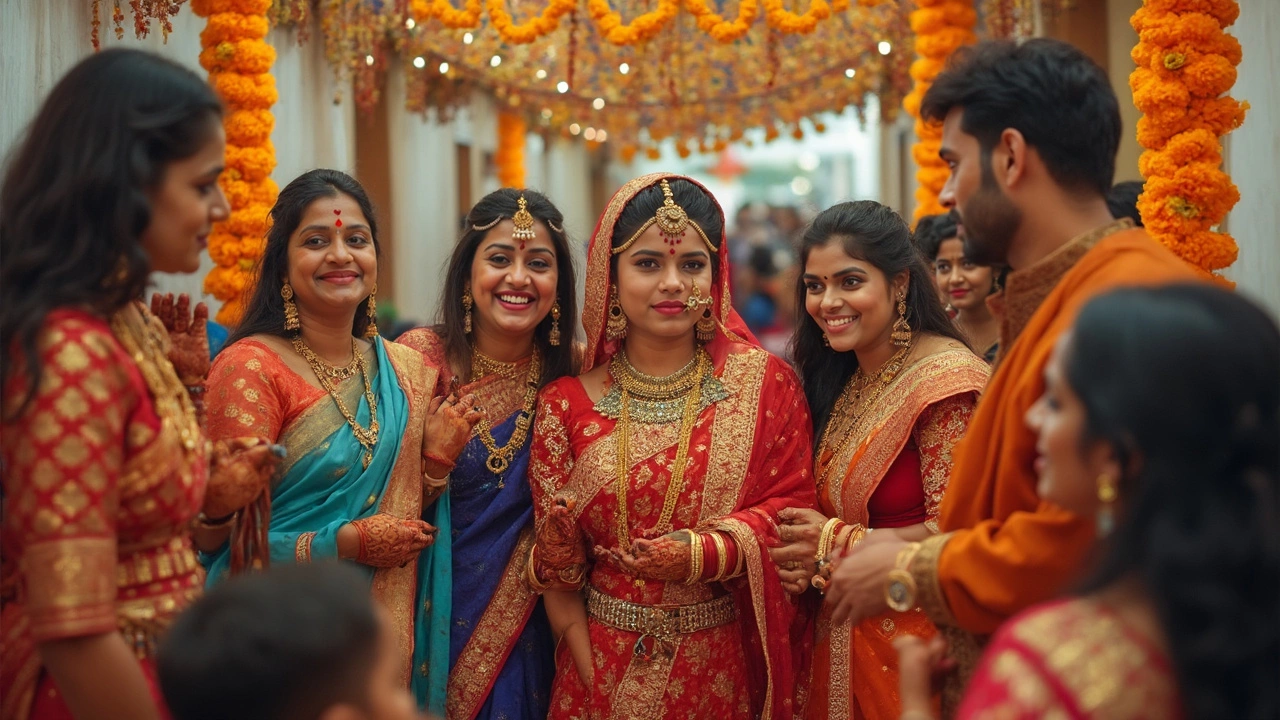Traditional Photography: Classic Techniques for Modern Shoots
If you think photography is all about filters and Instagram, think again. Traditional photography is the art of capturing images the way it was done before smartphones took over—using film, manual controls, and real‑world lighting. It’s not just nostalgia; it’s a way to get depth, texture, and a unique feel that digital sometimes misses. In Mumbai’s bustling streets, those qualities can turn a simple street scene into a story worth a thousand words.
Essential Gear for Traditional Photography
The first step is choosing the right tools. A 35mm film camera like a Canon AE‑1 or a Nikon FM2 gives you full control over shutter speed, aperture, and focus. If you prefer medium format, a Hasselblad offers incredible detail, but it’s heavier and pricier. Don’t forget a reliable light meter—most film cameras have built‑in meters, but a handheld one can help you nail exposure in tricky lighting.
Film stock matters too. For vibrant colors in Mumbai’s monsoon‑glazed lanes, try a Kodak Portra 400. If you love moody black‑and‑white scenes of the chawls, Ilford HP5 Plus is a solid choice. Keep a stock of different ISO films; higher ISO works better in low light, but grain will be more noticeable.
Lastly, a sturdy tripod and a basic darkroom setup (or a trusted lab) round out the kit. A tripod stabilizes long exposures—perfect for night markets—while a darkroom lets you control contrast and grain during printing.
Practical Tips to Capture Timeless Shots
1. Master the exposure triangle. Film doesn’t forgive. Set the aperture for depth of field, adjust shutter speed to freeze motion, and match ISO to the lighting. A quick rule: when in doubt, open the aperture a stop and lower the shutter speed.
2. Use natural light wisely. Mumbai’s daylight is bright and harsh. Shoot during the golden hour (just after sunrise or before sunset) for soft shadows. If the sun is high, find shade or use a reflector to bounce light onto your subject.
3. Focus on composition. Traditional lenses have a distinct field of view; use leading lines, framing, and the rule of thirds to guide the eye. In crowded markets, position yourself low to capture the hustle from a unique angle.
4. Embrace grain. Grain isn’t a flaw; it adds character. If you get too much, switch to a lower ISO film. If you love the texture, keep it and let the grain tell part of the story.
5. Plan your prints. Unlike digital where you can print any size, film printing requires thought. Choose the paper weight and finish beforehand—glossy for vivid colors, matte for classic black‑white. A good printer will respect the film’s tonal range, keeping highlights and shadows intact.
6. Combine old and new. Scan your negatives and edit lightly in software like Lightroom to fine‑tune exposure without stripping the film’s soul. This hybrid approach lets you share traditional work on social media while preserving its essence.
Traditional photography isn’t a relic; it’s a toolbox for creating images that feel real and lasting. In a city like Mumbai, where color, chaos, and culture collide, using film can make those moments stand out. Grab a camera, load a roll, and start shooting—your next favorite photo might just be waiting on the next frame.
